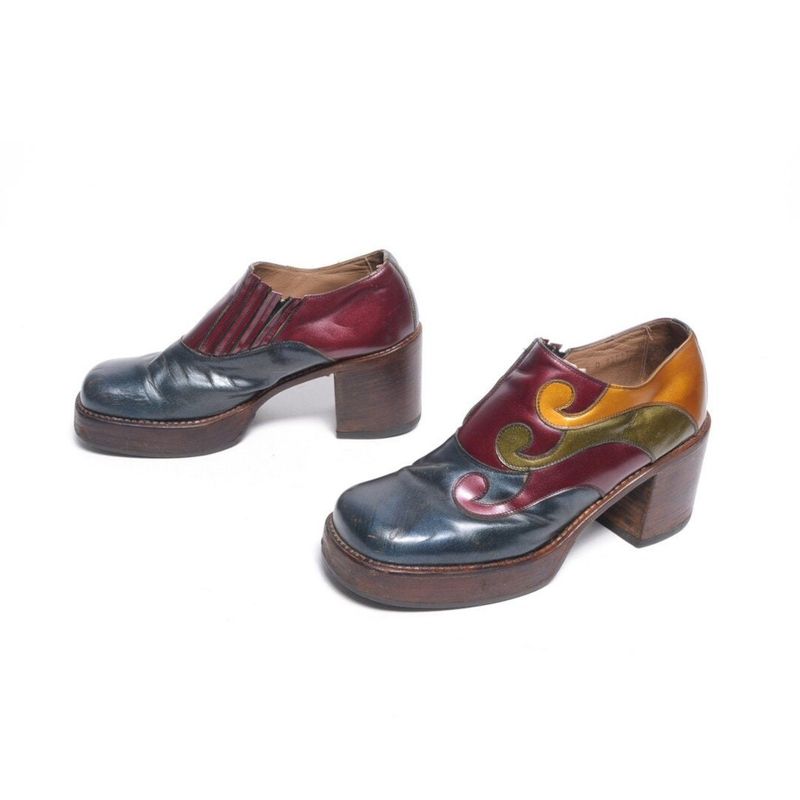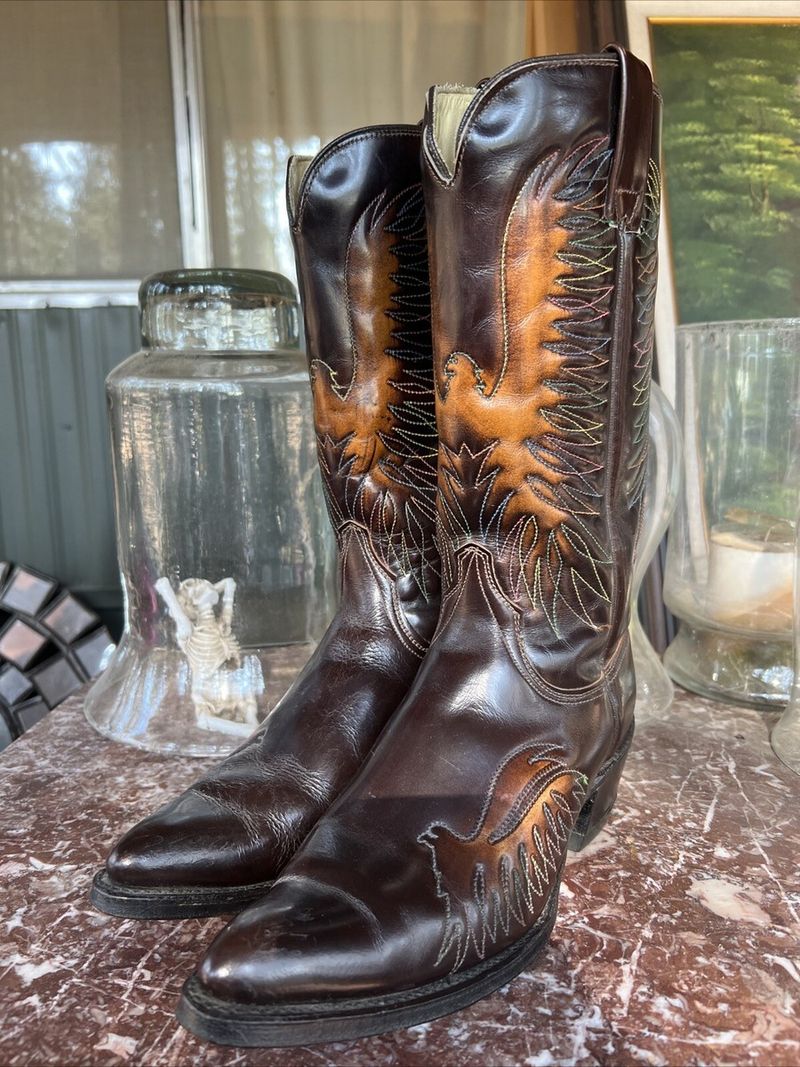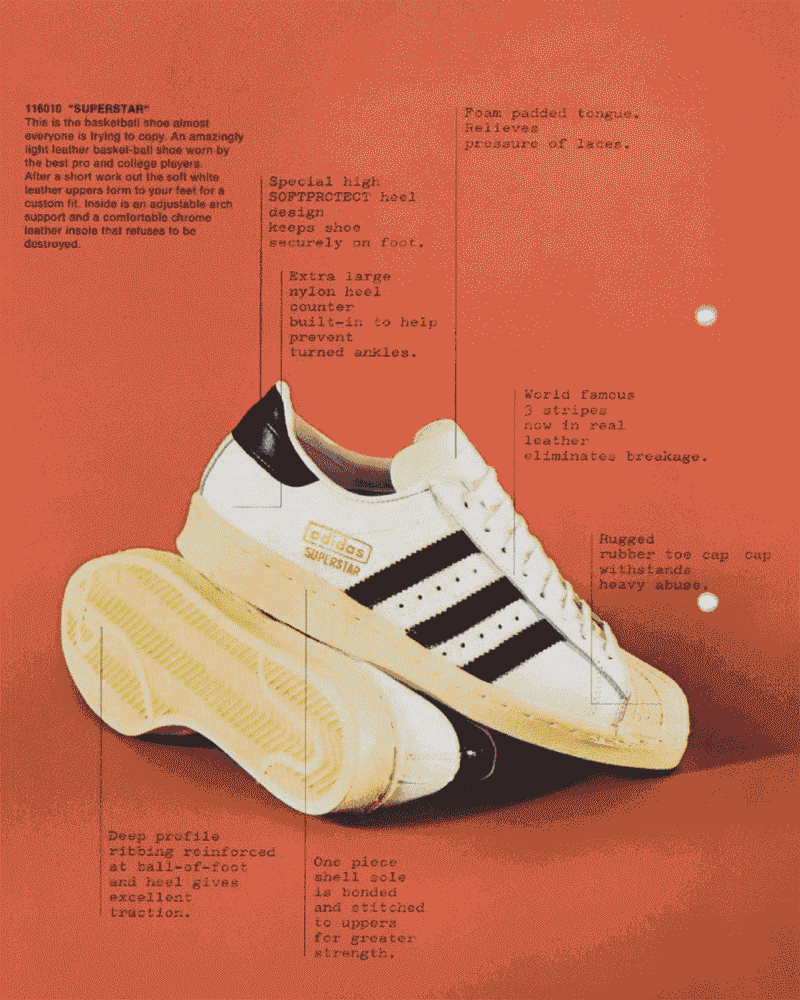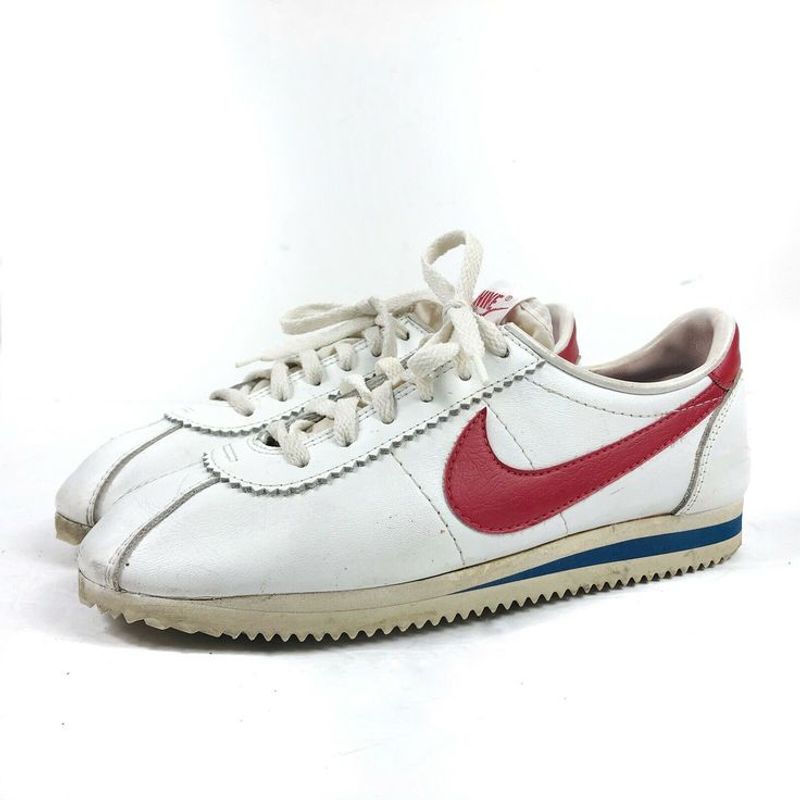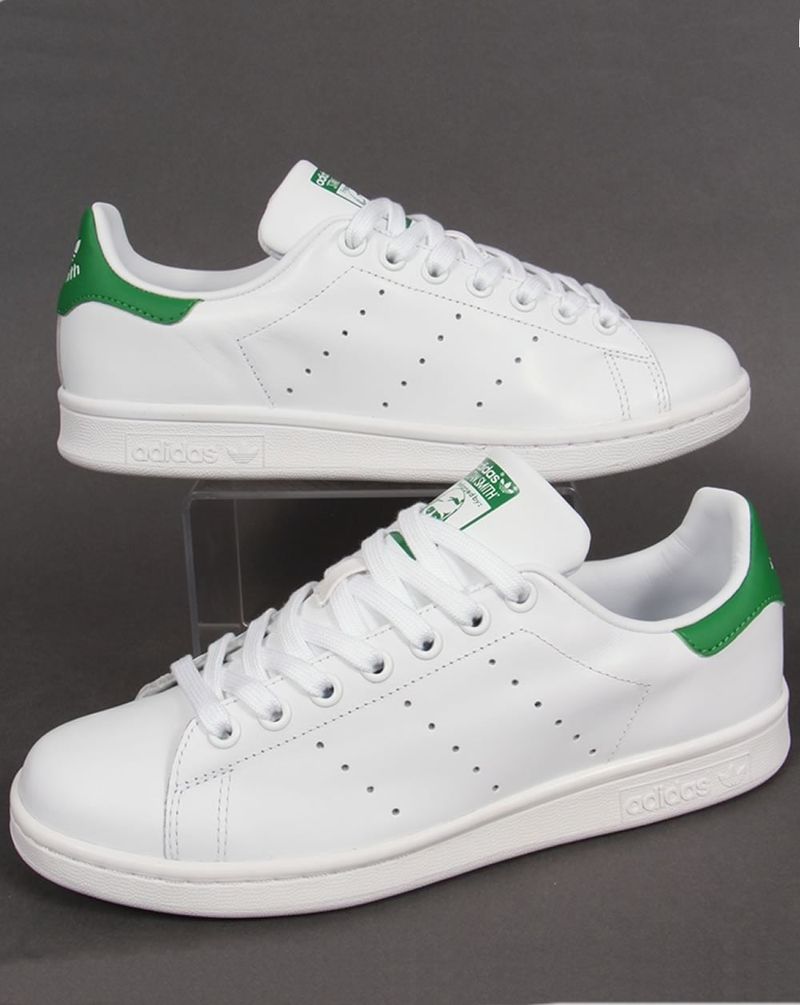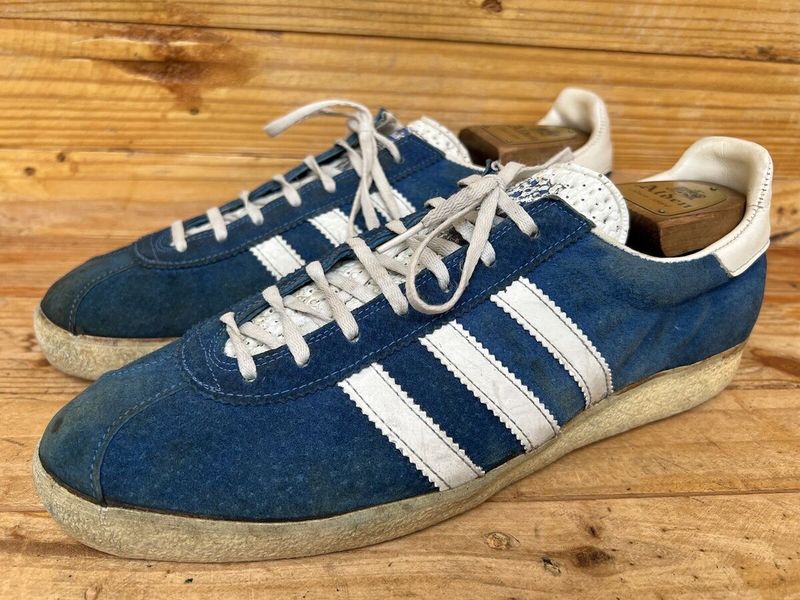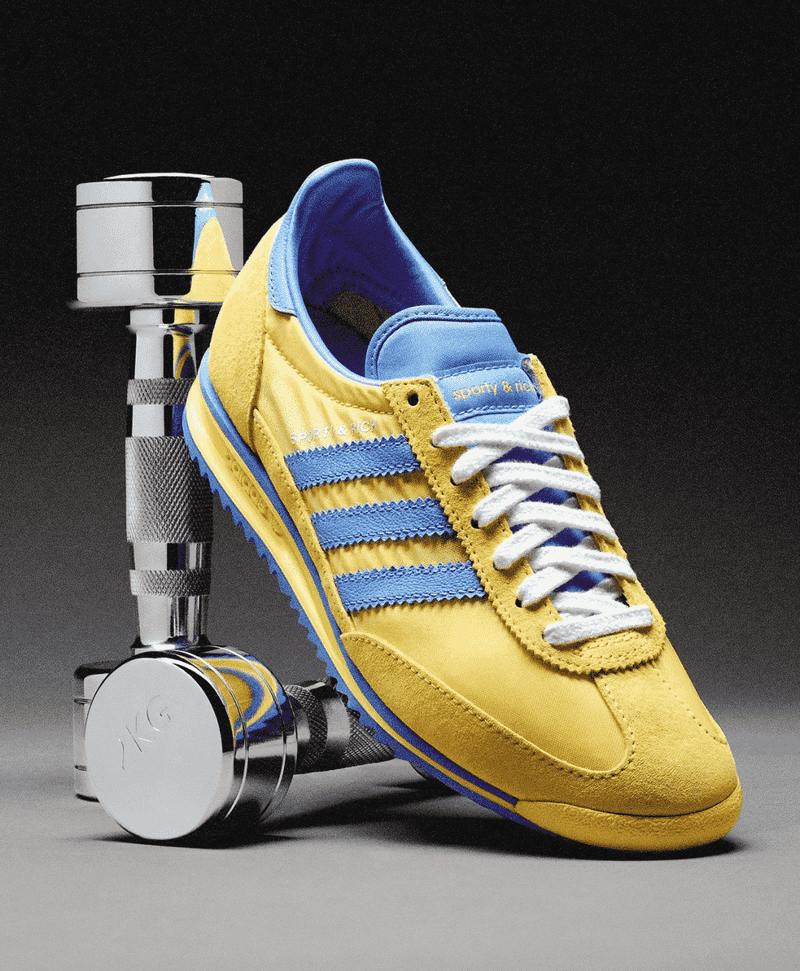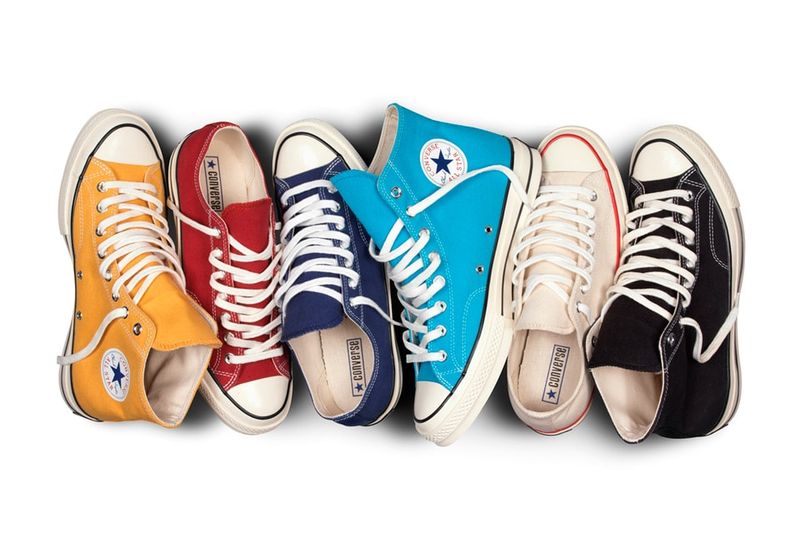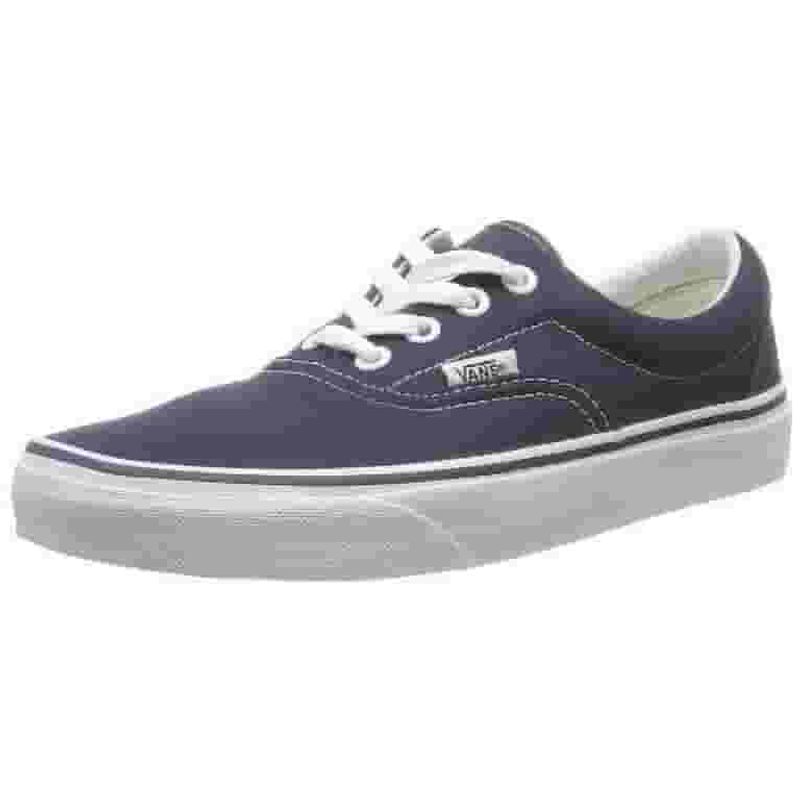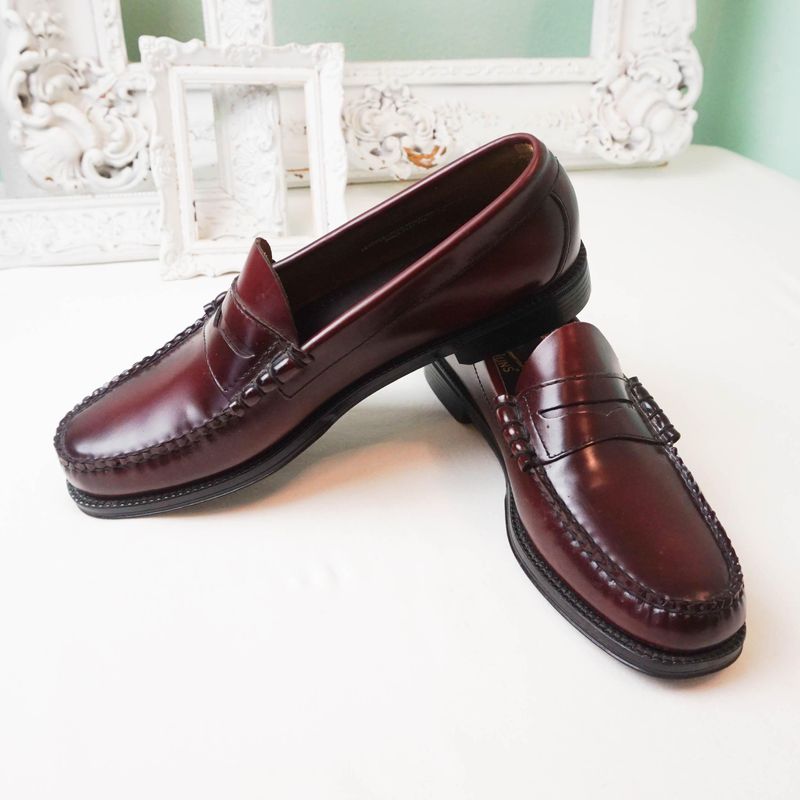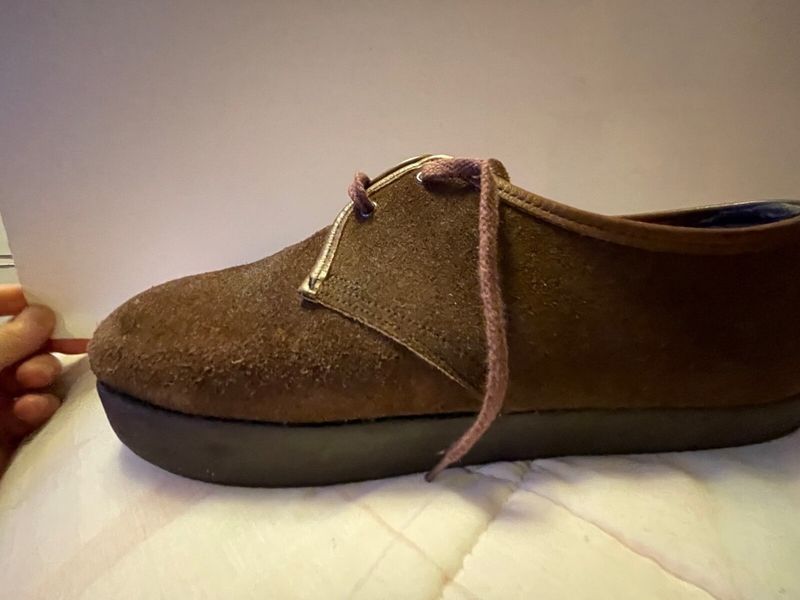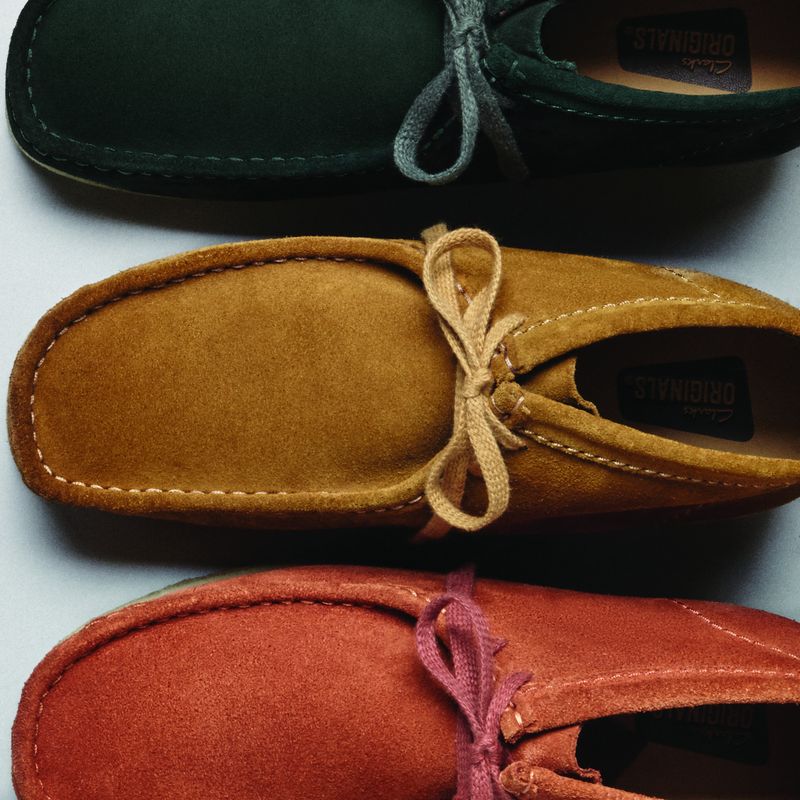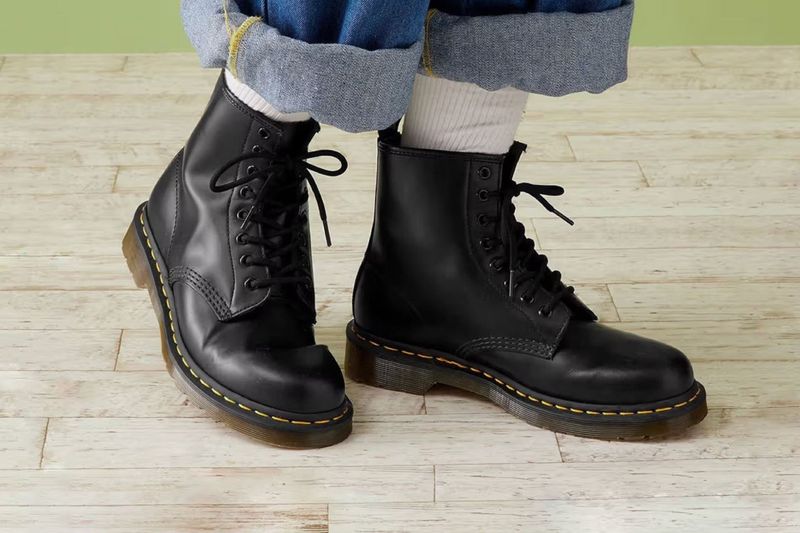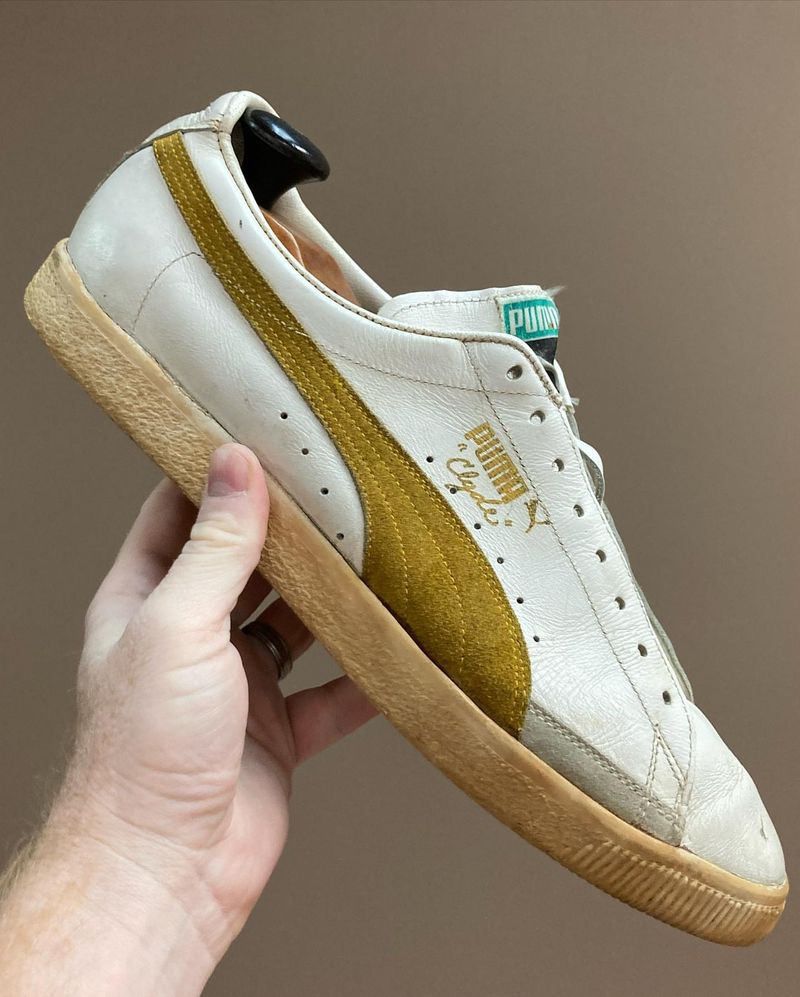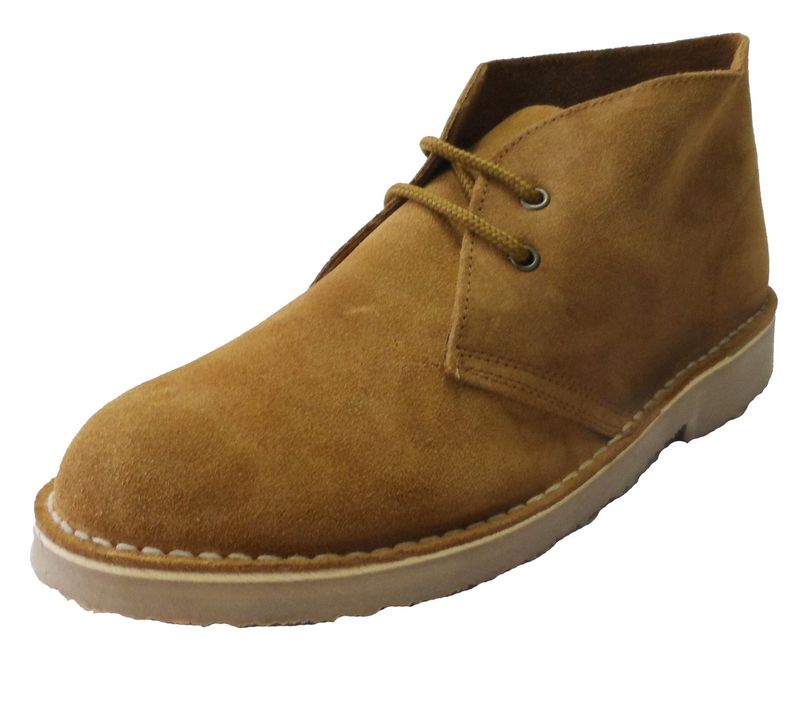The 1970s brought a revolution in men’s footwear that matched the decade’s bold, experimental spirit. From dance floors to basketball courts, shoes became powerful statements of personal style and cultural identity. These iconic styles didn’t just protect feet – they defined entire movements, reflecting both the glamour and practicality of an unforgettable era.
1. Platform Shoes: Disco’s Towering Statement
Nothing screams ’70s quite like a man confidently strutting in platform shoes with heels reaching skyward. These gravity-defying footwear icons gained massive popularity through glam rock pioneers like David Bowie and Marc Bolan, who wore them as extensions of their theatrical personas.
On disco floors across America, platforms elevated dancers both literally and figuratively, allowing wearers to stand out in crowded clubs. The exaggerated height (sometimes adding 3-4 inches) perfectly complemented the decade’s other flamboyant fashion choices like bell-bottoms and wide lapels.
Materials ranged from leather to suede, often featuring decorative elements like chunky buckles or contrasting stitching. While challenging to walk in, these shoes embodied the era’s rejection of conservative style norms.
2. Cowboy Boots: Western Flair Goes Mainstream
Rugged and rebellious, cowboy boots galloped from ranches straight into urban fashion consciousness during the 1970s. Their distinctive pointed toes, decorative stitching, and angled heels became unexpected style staples far beyond rodeo circuits.
Musicians like the Eagles and Elton John embraced these boots, pairing them with everything from jeans to stage costumes. The popularity of Western-themed films and television shows further cemented their appeal, representing American heritage and frontier spirit.
Boot materials ranged from classic leather to exotic skins, with embellishments like intricate embroidery or metal tips. Their versatility allowed men to add a touch of rugged individualism to both casual and semi-formal outfits – a perfect match for the decade’s love of cultural crossover.
3. Adidas Superstar: The Shell Toe Revolution
Basketball shoes crossed into mainstream fashion when the Adidas Superstar stormed onto the scene with its revolutionary rubber shell toe. First embraced by NBA players, these distinctive sneakers quickly jumped from courts to streets as symbols of urban cool.
Hip-hop pioneers Run-DMC later immortalized them with their track “My Adidas,” but the groundwork for this cultural phenomenon was laid in the 70s. The classic white leather with three black stripes created an instantly recognizable silhouette that felt both athletic and fashionable.
What made Superstars truly revolutionary was their versatility – equally at home with athletic wear or paired with jeans. The durable construction and comfortable fit ensured they weren’t just a passing trend but the beginning of sneaker culture as we know it today.
4. Nike Cortez: The Birth of a Sneaker Icon
Released during the 1972 Olympics, the Nike Cortez revolutionized athletic footwear with its lightweight design and cushioned sole. Created by track coach Bill Bowerman, these groundbreaking runners featured a herringbone pattern that delivered superior traction and a distinctive swoosh that would become one of the world’s most recognizable logos.
The Cortez’s bold color combinations – particularly the classic white with red and blue accents – made them instant attention-grabbers. Their appearance in the 1977 film “The Joyride” further cemented their cultural relevance beyond sports.
Comfort was their secret weapon; the padded tongue and cushioned midsole made them perfect for everyday wear. This blend of performance technology and eye-catching style established Nike as a dominant force in the emerging sneaker market.
5. Adidas Stan Smith: Minimalist Tennis Perfection
When a shoe remains virtually unchanged for decades, you know the designers got something fundamentally right. The Adidas Stan Smith embodies this timeless quality with its clean white leather upper and minimal green accents – a masterclass in restraint during an otherwise flamboyant decade.
Named after the tennis champion who dominated courts in the early 70s, these sneakers initially served practical athletic purposes. Their perforated three-stripe design and supportive structure made them ideal for quick lateral movements on the court.
What’s remarkable is how seamlessly they transitioned from sport to street style. While other 70s shoes screamed for attention, Stan Smiths whispered sophistication. Their subtle elegance allowed them to pair effortlessly with everything from casual jeans to tailored trousers – versatility that ensured their enduring popularity.
6. Adidas Gazelle: Suede Sensation
The Adidas Gazelle brought vibrant color to men’s footwear at a time when bold self-expression was becoming the norm. These sleek suede trainers first appeared in 1966 but reached peak popularity during the 70s when their rainbow of available colors made them must-have accessories.
Originally designed as indoor soccer shoes, Gazelles featured a gum rubber outsole that provided excellent grip without marking gymnasium floors. The reinforced toe cap offered protection, while the slim profile created a sophisticated silhouette that worked beyond athletic settings.
British football fans particularly embraced these comfortable kicks, helping spread their popularity throughout Europe. The contrast between the colored suede upper and white stripes created an instantly recognizable look that embodied the era’s sporty-yet-stylish aesthetic – a perfect balance of function and fashion.
7. Adidas SL 72: Olympic Heritage
Created specifically for the 1972 Munich Olympics, the Adidas SL 72 represented cutting-edge athletic technology wrapped in striking visual design. These ultra-lightweight runners featured innovative nylon uppers with suede overlays – materials that drastically reduced weight compared to leather alternatives.
The vibrant colorways, often incorporating blue, red and yellow, made these shoes impossible to miss on tracks or streets. Athletes appreciated the cushioned heel and grippy sole, while fashion-forward men loved their distinctive profile and comfort.
Historical significance adds to their iconic status – these were the first shoes to sport Adidas’s now-famous trefoil logo. The SL (Super Light) series demonstrated how performance footwear could simultaneously advance athletic achievement and cultural style, establishing a template for modern sneaker design that continues influencing footwear today.
8. Converse Chuck Taylor All Star: Counterculture Classic
While invented decades earlier, Chuck Taylors found new life in the 70s as symbols of youthful rebellion and artistic expression. These canvas high-tops transcended their basketball origins to become the unofficial uniform of punk rockers, garage bands, and creative types seeking alternatives to mainstream fashion.
The Ramones rarely performed without their trusty Chucks, cementing these simple sneakers as counterculture essentials. Their affordability made them accessible to young people, while the minimal design served as a blank canvas for personal expression – many wearers customized them with drawings, patches, or deliberately frayed edges.
Available in various colors, the black high-top remained the definitive choice for those making anti-fashion statements. Their characteristic rubber toe cap, ankle patch, and vulcanized sole created an unmistakable silhouette that represented authenticity in an increasingly commercialized world.
9. Vans Era: Skate Culture Pioneer
Born from California’s thriving skateboard scene, the Vans Era emerged in 1976 as the first shoe specifically designed with skateboarders’ input. Legendary skaters Tony Alva and Stacy Peralta helped create a durable canvas upper reinforced at stress points to withstand the unique abrasions of skateboarding.
The padded collar provided crucial ankle protection, while the sticky waffle sole offered the board feel and grip essential for technical skating. Available in countless color combinations, many skaters chose the navy/red combination that became instantly recognizable in skate parks nationwide.
Beyond functionality, Eras represented membership in an emerging subculture. Their adoption by the Z-Boys team immortalized them in skateboarding history, establishing Vans as authentic skater footwear. This genuine connection to youth culture helped them transcend mere fashion to become symbols of Southern California’s distinctive outdoor lifestyle.
10. Penny Loafers: Corporate Cool
Amid the decade’s wilder footwear experiments, penny loafers maintained their position as the sophisticated choice for stylish professionals. These slip-on leather shoes with their distinctive front strap (complete with slot for a lucky penny) projected casual confidence without sacrificing formality.
G.H. Bass Weejuns dominated the market, though European makers offered sleeker alternatives. The beauty of penny loafers lay in their versatility – equally appropriate with suits in boardrooms or paired with chinos for weekend outings.
Colors ranged from traditional cordovan and black to bolder oxblood and tan options. Their popularity among college students and young executives established them as symbols of upward mobility and classic taste. While platform shoes might have dominated nightclubs, penny loafers ruled office corridors, representing a timeless approach to style that transcended the decade’s more extreme trends.
11. Earth Shoes: Counterculture Comfort
With their revolutionary negative heel design (where the toe sat higher than the heel), Earth Shoes represented the decade’s fascination with alternative health concepts. Danish yoga instructor Anne Kalsø created them based on her observation that walking barefoot in sand naturally positioned the body for better posture.
The distinctive downward-sloping footbed initially looked strange to conventional eyes, but health-conscious consumers embraced their purported benefits. Earth Shoes perfectly complemented the natural living movement gaining momentum throughout the 70s.
Typically crafted from natural materials like unpolished leather and rubber, their earthy tones and minimalist styling appealed to environmentally-minded consumers. While some dismissed them as hippie footwear, Earth Shoes represented a genuine attempt to rethink fundamental shoe design based on wellness principles – an early example of the health-focused footwear that would later become mainstream.
12. Clarks Wallabees: Casual Sophistication
With their distinctive moccasin construction and crepe rubber soles, Clarks Wallabees carved out a unique position in 70s men’s fashion. Neither formal nor completely casual, these comfortable shoes with their instantly recognizable squared-off toe became favorites among creative professionals and academics.
The suede versions in particular developed a cult following, available in earth tones that complemented the decade’s natural color palette. Their hand-stitched quality and durable construction made them practical investments that improved with age.
Jamaican musicians helped popularize Wallabees, which later influenced American hip-hop culture. Their appeal crossed generational lines – comfortable enough for older men yet stylish enough for younger trendsetters. This versatility helped them transcend mere fashion to become cultural signifiers of thoughtful individualism – shoes for men who valued both comfort and subtle distinction.
13. Dr. Martens: Rebellion on Your Feet
Originally designed as practical work boots, Dr. Martens transformed into powerful symbols of youth rebellion during the 1970s. Their signature yellow stitching, grooved sides, and air-cushioned soles created an unmistakable silhouette that became the footwear of choice for punk rockers and skinheads alike.
The classic 1460 eight-eye boot in cherry red or black leather offered durability that appealed to working-class youth, while their industrial appearance deliberately rejected mainstream fashion norms. Their air-cushioned soles provided surprising comfort despite their tough exterior.
What began as functional footwear evolved into political statements on feet. Bands like The Clash helped cement their countercultural credentials, though their appeal extended beyond any single subculture. Their adoption across diverse youth movements demonstrated how practical design could transcend its original purpose to become a canvas for self-expression and group identity.
14. Puma Clyde: Basketball Elegance
When basketball star Walt “Clyde” Frazier approached Puma requesting a customized version of their Suede model in 1973, fashion history was made. The resulting shoe – wider and more comfortable than standard basketball footwear – perfectly matched Frazier’s flamboyant personal style both on and off the court.
Available in numerous color combinations, Clydes featured the distinctive formstrip logo and usually contrasting laces. Their suede upper and rubber sole struck the perfect balance between performance and style, making them equally appropriate for basketball courts and city streets.
Frazier’s nickname embroidered on the side added celebrity appeal unprecedented in athletic footwear. This personalization helped establish the concept of signature athletic shoes that would later become industry standard. Their sleek profile and colorful options embodied the decade’s playful approach to men’s fashion while maintaining legitimate athletic credentials.
15. Desert Boots: Military Heritage
Based on boots worn by British officers in North African campaigns, Clarks Desert Boots emerged as versatile wardrobe essentials during the 1970s. Their simple design – ankle-high suede uppers with just two or three eyelets and crepe rubber soles – offered a perfect middle ground between formal shoes and casual sneakers.
The sand-colored suede originals remained most popular, though darker browns and even black versions found audiences. Their lightweight construction made them comfortable for extended wear, while the minimal styling ensured they paired easily with both jeans and more formal trousers.
Celebrity adopters like Steve McQueen helped elevate their profile beyond utilitarian footwear to style statements. Their military heritage gave them a subtle ruggedness that appealed to men seeking practical yet fashionable options. This combination of comfort, versatility and understated cool ensured their continued popularity throughout the decade and beyond.
